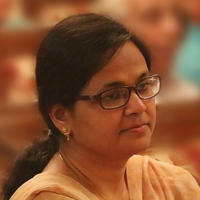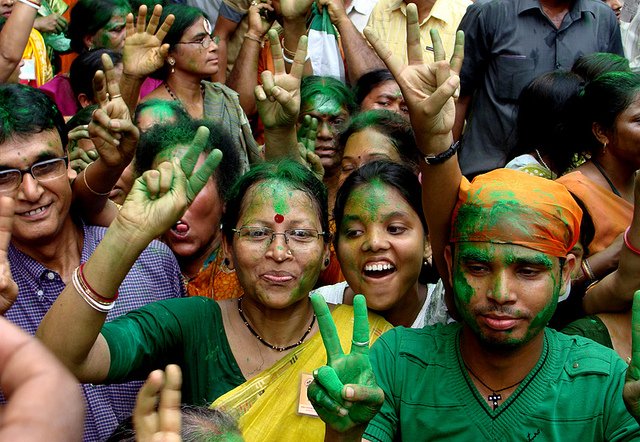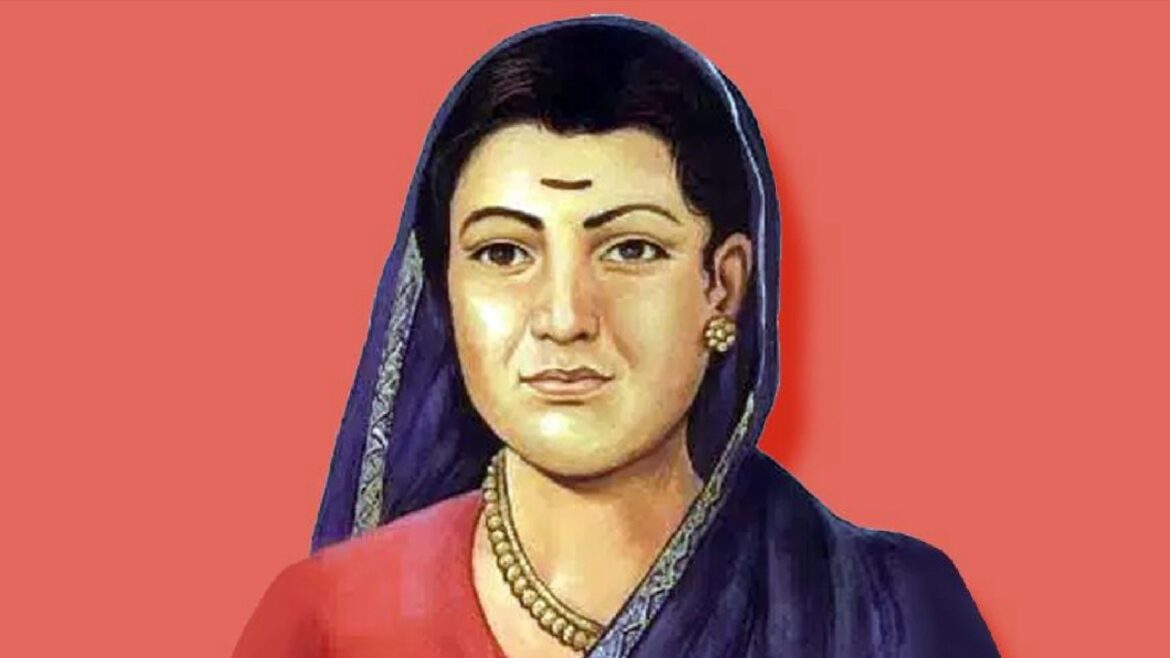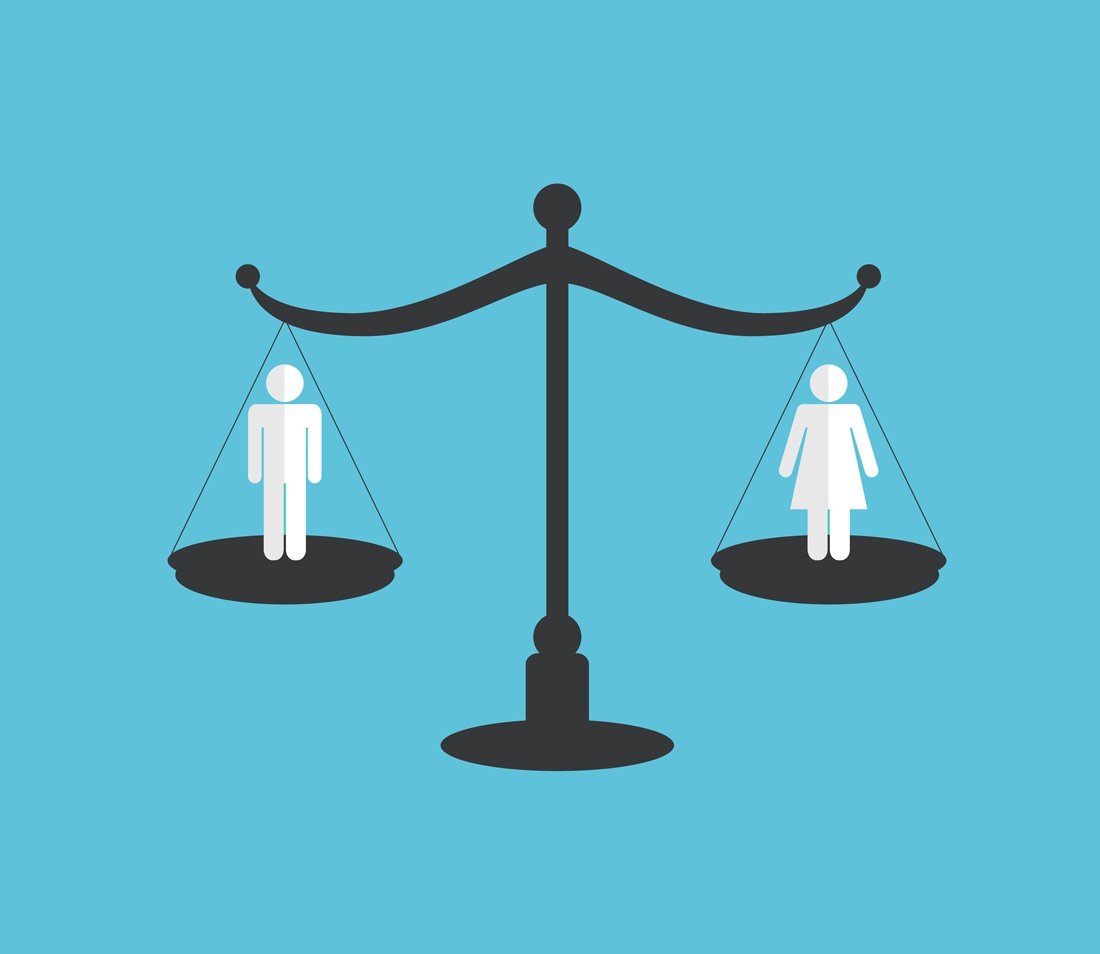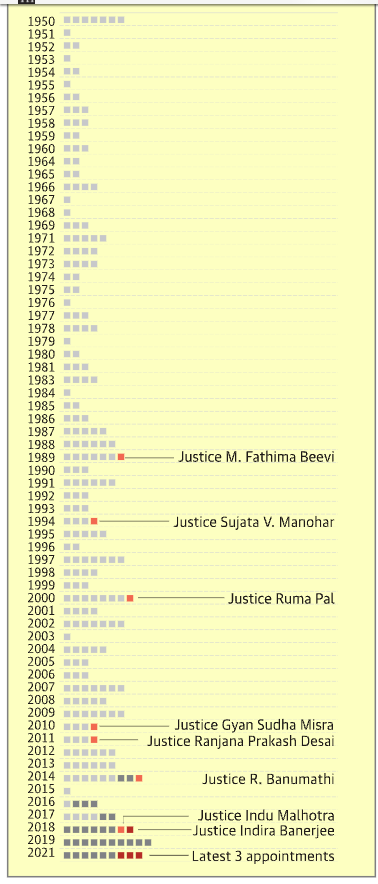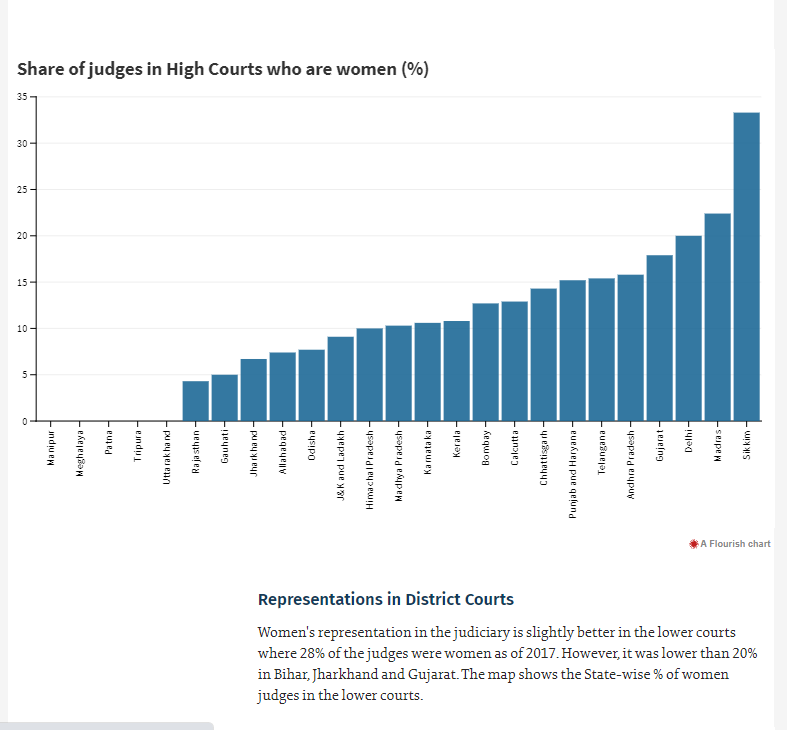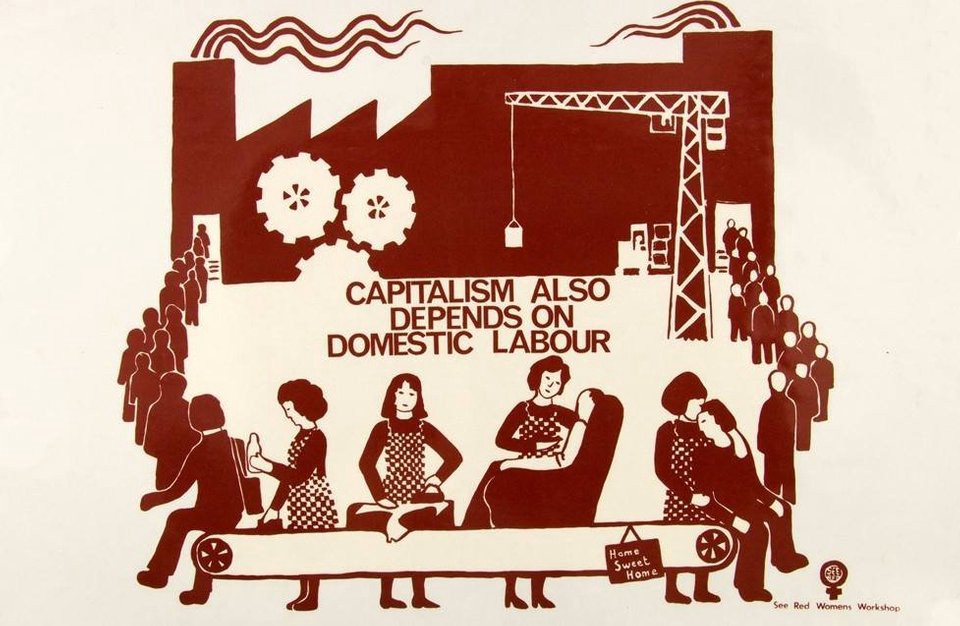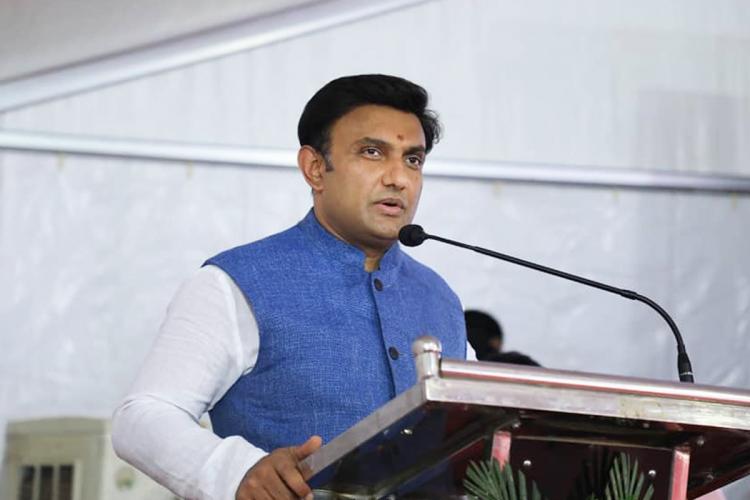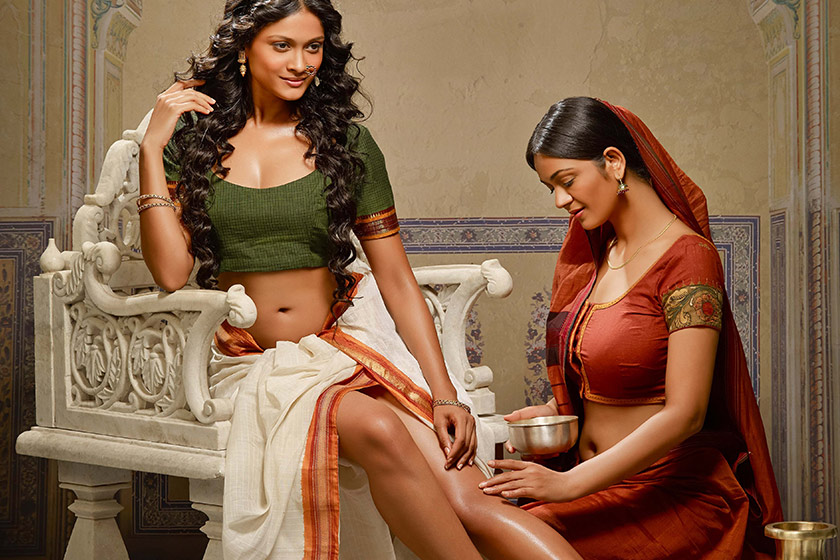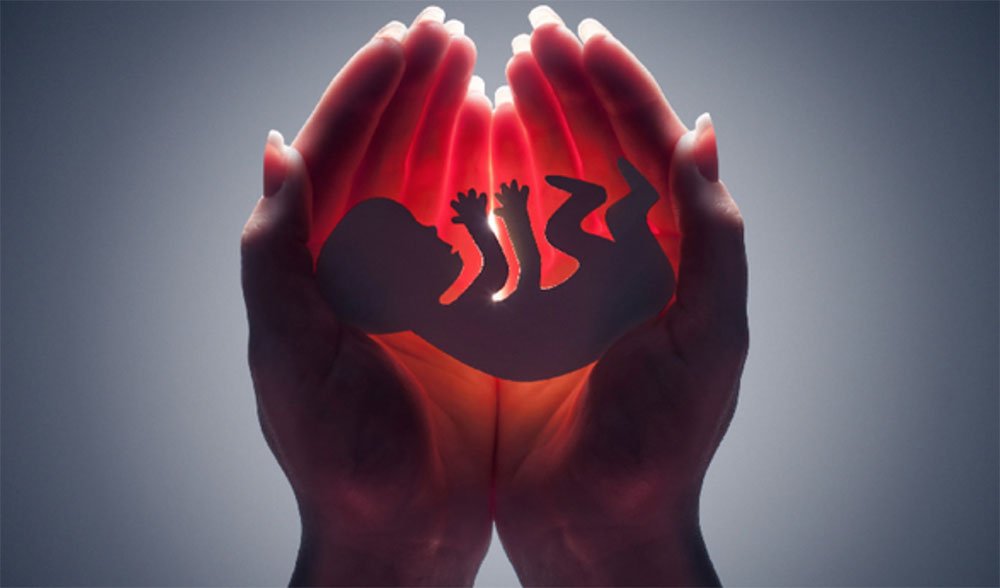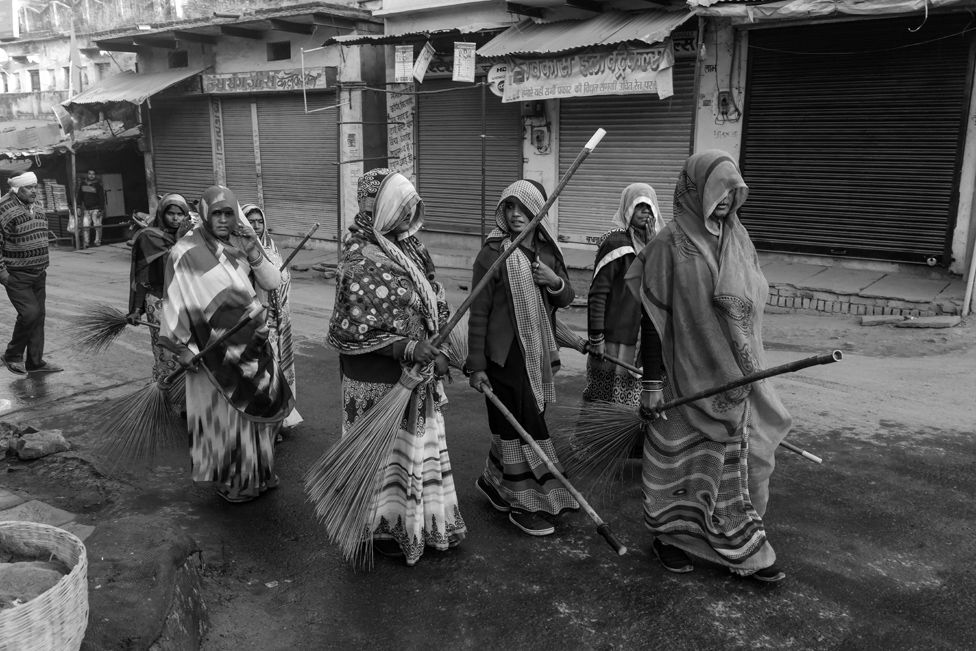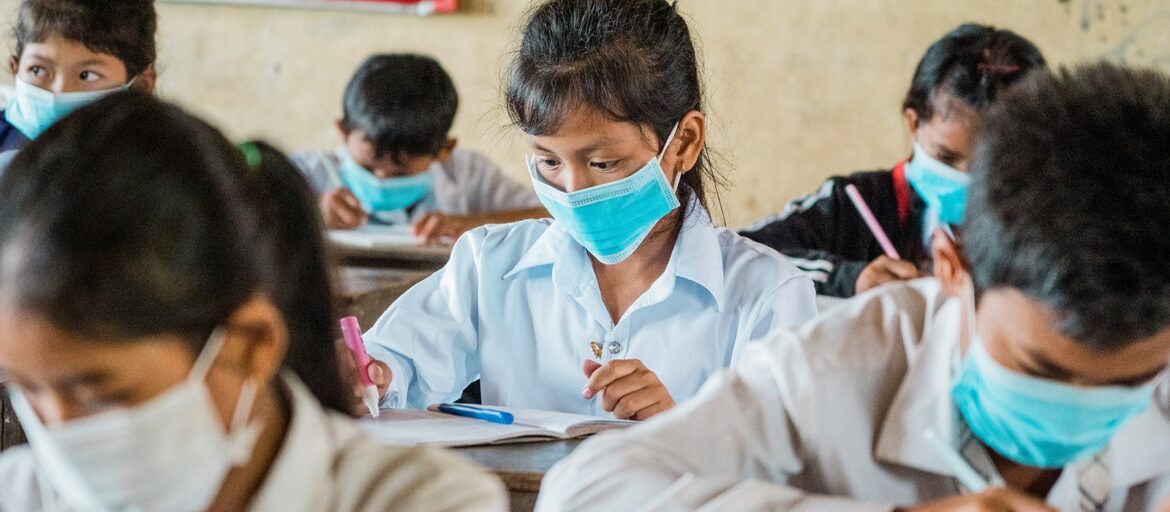By तबस्सुम आज़मी
बढ़ाती हूँ क़दम
फ़ौरन ही पीछे खींच लेती हूँ
ये अंदेशा मुझे आगे कभी बढ़ने नहीं देता
न-जाने लोग क्या सोचें
न-जाने लोग क्या बोलें
इसी इक ख़ौफ़ के घेरे में जीती और मरती हूँ
मगर कब तक
तशख़्ख़ुस के लिए अपनी ज़रूरी हो गया है अब
उठूँ और काट दूँ एक एक कर के बेड़ियाँ सारी
बग़ावत कर दूँ दुनिया की
सभी फ़र्सूदा रस्मों से
हर इक दस्तूर-ए-बेजा से
ख़ुदा ने जब किसी से मेरा रुत्बा कम नहीं रक्खा
तो किस ने हक़ दिया उन को
मुझे ज़ंजीर पहनाएँ
ज़बाँ खोलूँ जो अपने वास्ते ताला लगा जाएँ
मुझे मालूम है मेरी मुक़र्रर हद कहाँ तक है
मुझे है पास अपनी हुरमत-ओ-क़दर-ओ-रिवायत का
वफ़ा नामूस-ओ-इफ़्फ़त का शराफ़त और अज़्मत का
कि ये अक़दार मेरे पाँव की बेड़ी नहीं हरगिज़
इन्हीं अक़दार के हमराह मुझ को आगे बढ़ना है
मिला है हक़ मुझे भी
वक़्त के हमराह चलने का
ख़ुद अपने ख़्वाब बुनने का
इन्हें ता’बीर देने का
ये दुनिया मेरे हाथों से क़लम जो छीन लेती है
हमेशा चूल्हे-चौके तक ही बस महदूद रखती है
इसे शायद यही ख़दशा सताता रहता है हर-दम
मिरी ये आगही मुझ को नई पहचान दे देगी


